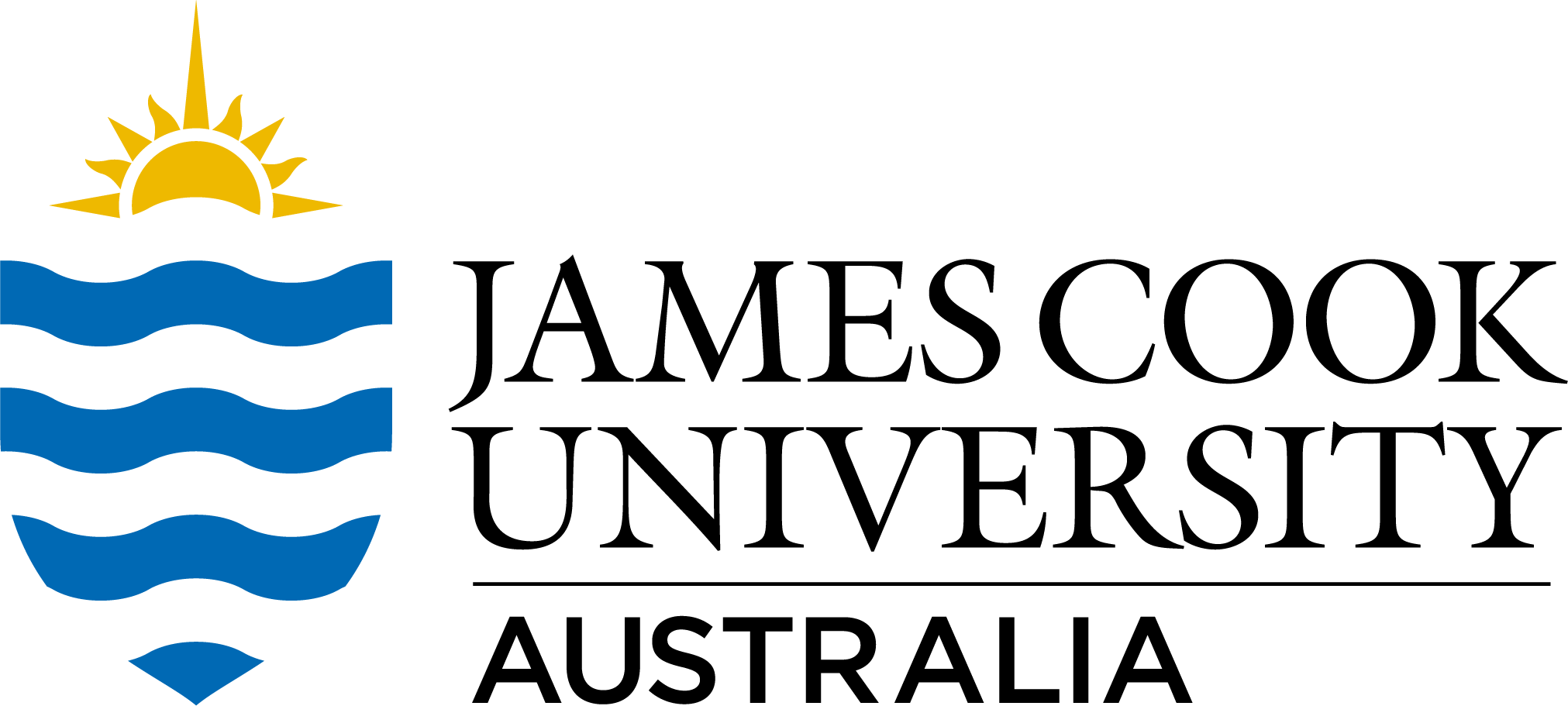Brief description
This dataset characterizes a previously unknown hydrothermal history of metamorphic rocks from the Alps. The paper highlights the utility of trace element microanalysis and informs on how fluid move through the deep crust.
Full description
To contribute to our understanding of the mechanisms and pathways of fluid movement through deeply subducted crust, we investigate high-pressure veins cutting eclogite-facies (~2·0GPa and ~600°C) metagabbros of the Monviso Ophiolite, Italian Western Alps. The veins consist mainly of omphacite with minor garnet, rutile, talc and accessory zircon. Most of the vein minerals have major and trace element compositions that are comparable with the host-rock minerals, and vein and host-rock zircons have similar Hf isotopic compositions. These observations support the conclusions of previous studies that these veins largely formed from a locally sourced hydrous fluid during prograde or peak metamorphism. However, the bulk-rock Cr and Ni contents of the veins are significantly higher than those of the surrounding host eclogites.We also document distinct Cr-rich (up to weight per cent levels) zones in omphacite, garnet and rutile in some vein samples.Vein garnet and talc also have relatively high MgO and Ni contents. X-ray maps of vein garnet and rutile grains reveal complex internal zoning features, which are largely defined by micrometre-scale variations in Cr content. Some grains have concentric and oscillatory zoning in Cr, whereas others feature a chaotic fracture-like pattern.These Cr-rich zones are associated with high concentrations of Ni, B, As, Sb, Nb, Zr and high ratios of light rare earth elements (LREE) to middle REE (MREE) compared with low-Cr vein and host-rock minerals. Petrological and mass-balance constraints verify that the Cr-rich zones in the veins were not derived from internally sourced fluids, but represent precipitates from an external fluid.The external source that is consistent with the distinctive trace element characteristics of the vein components is antigorite serpentinite, which forms the structural basement of the high-pressure metagabbros. We propose at least two separate growth mechanisms for the Monviso veins. Most vein infillings were formed during progressive prograde metamorphism from locally derived fluid. Influx of the serpentinitederived or other external fluid was transient and episodic and was probably achieved via brittle fractures, which preferentially formed along the pre-existing vein structures.The dehydration of serpentinite at high pressures in subduction zones may provide crucial volatiles and trace elements for arc magmas. Our results indicate that the movement of these fluids through subducted oceanic crust is likely to be highly channeled and transient so the progressive development of vein systems in mafic rocks may also be crucial for forming channelways for long-distance fluid flow at depth in subduction zones.
Notes
Data consists of * PDF document: Electronic Appendix 1. Supplementary figures - photomicrograph pictures of various samples and x ray intensity maps of different elements from various samples. * PDF document: Electronic Appendix 2 - Additional note on LA-ICP-MS analytical procedures * Excel workbook (xlsx): containing 8 sheets of data of major element analyses * Excel workbook (xls): containing 5 sheets of data of trace element analyses
Created: 2011-11-24
Data time period: 2007 to 06 2011
text: Monviso (Monte viso) Italy 44 degrees, 40 minutes, 44 second N, 7 degrees, 7 minutes 7 seconds E. Piedmonte Region.
User Contributed Tags
Login to tag this record with meaningful keywords to make it easier to discover
- Local : researchdata.jcu.edu.au//published/4b8545e8087ca64fa52061e8e22ee41d
- Local : jcu.edu.au/tdh/collection/80a7b57b-efb3-435d-87ca-12707fa8a1ef
- Local : 8e124ad7fc5961c8ff82dad8e0dc6d50


